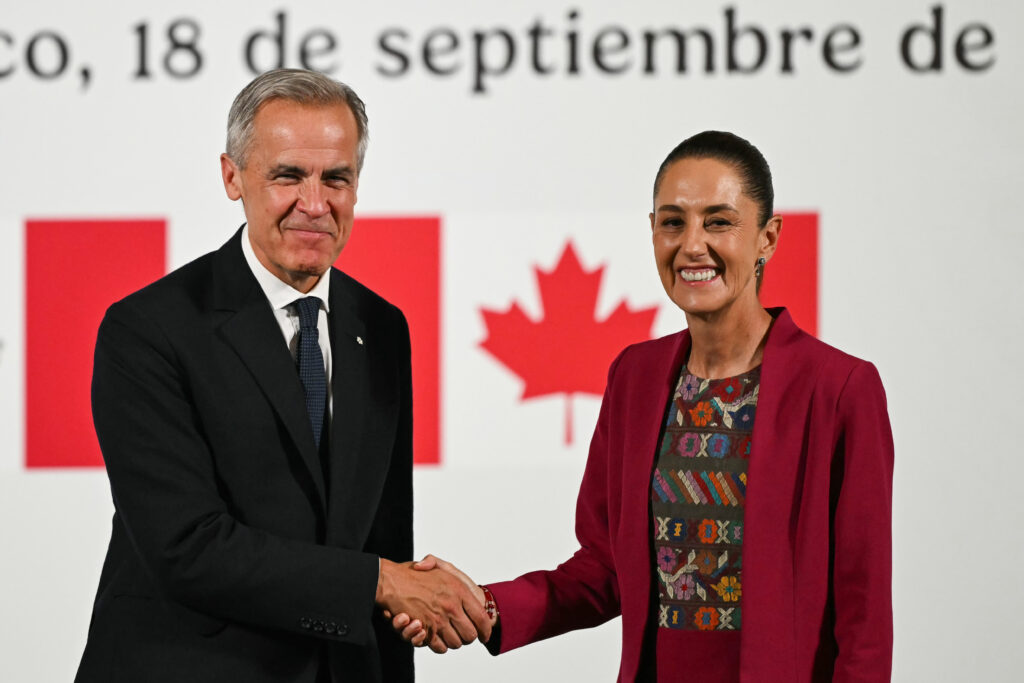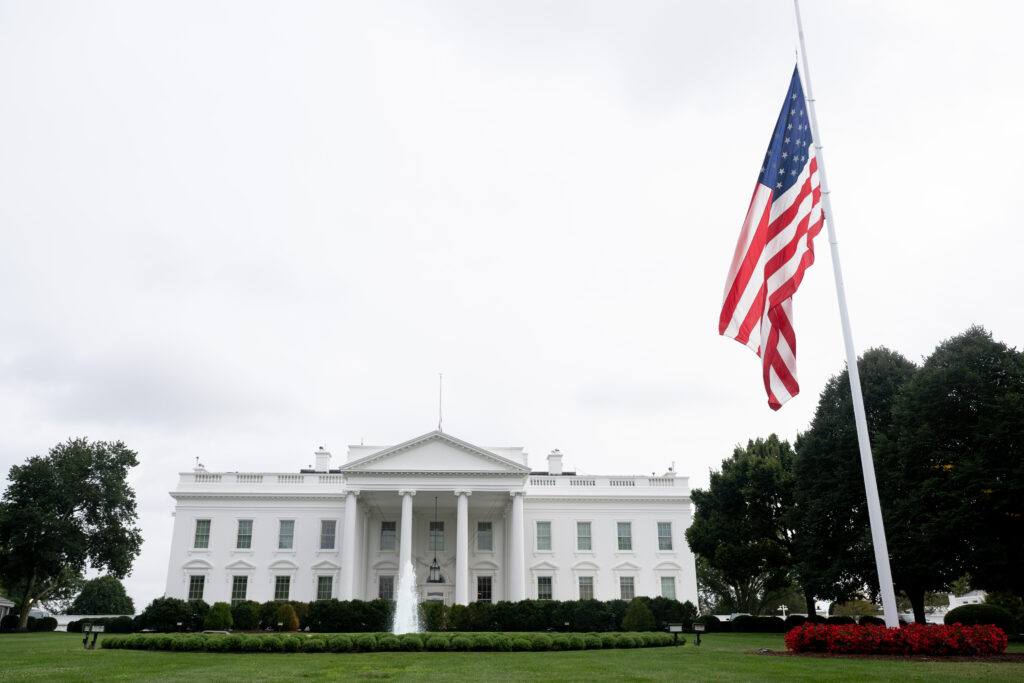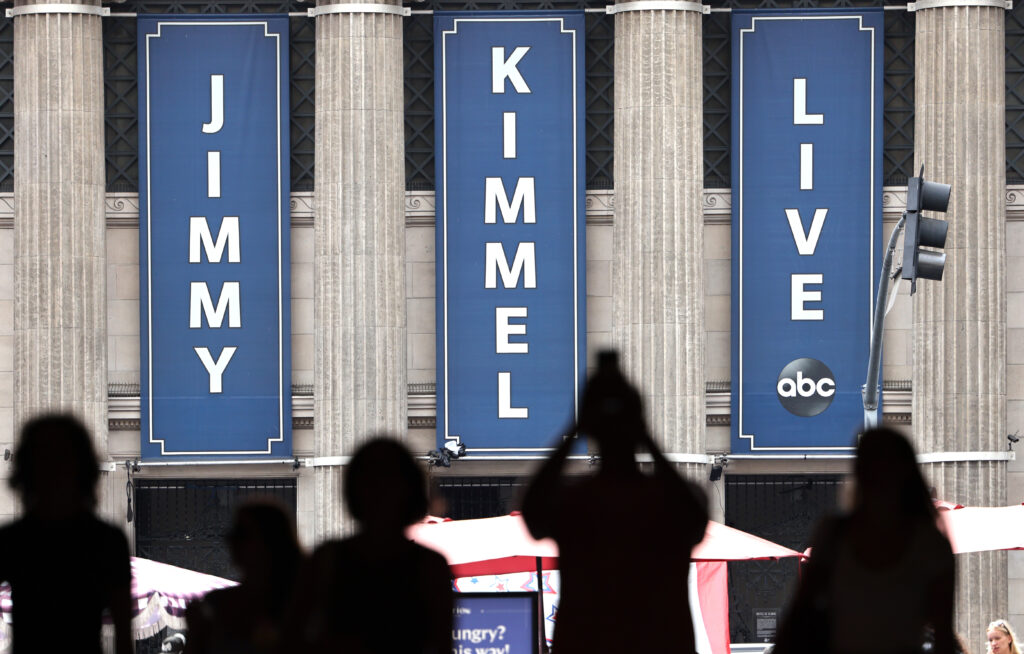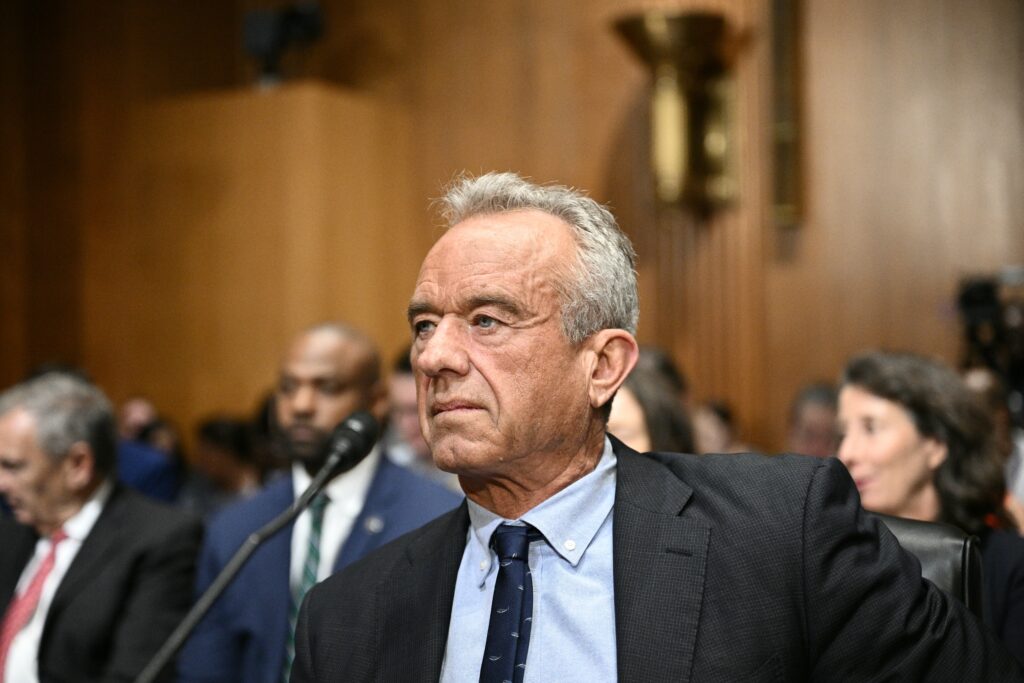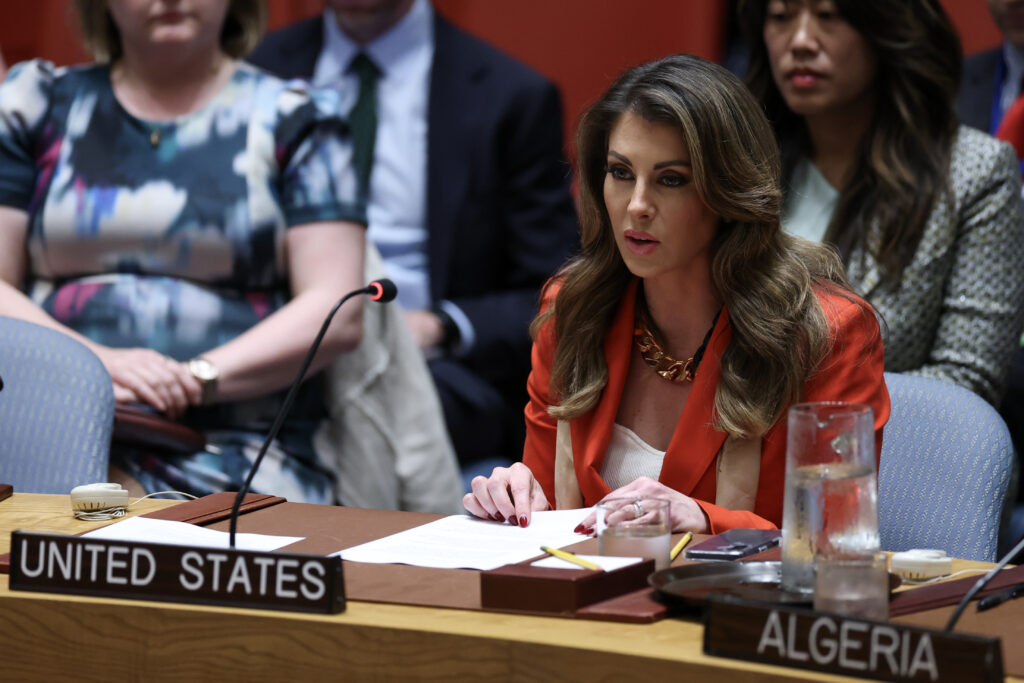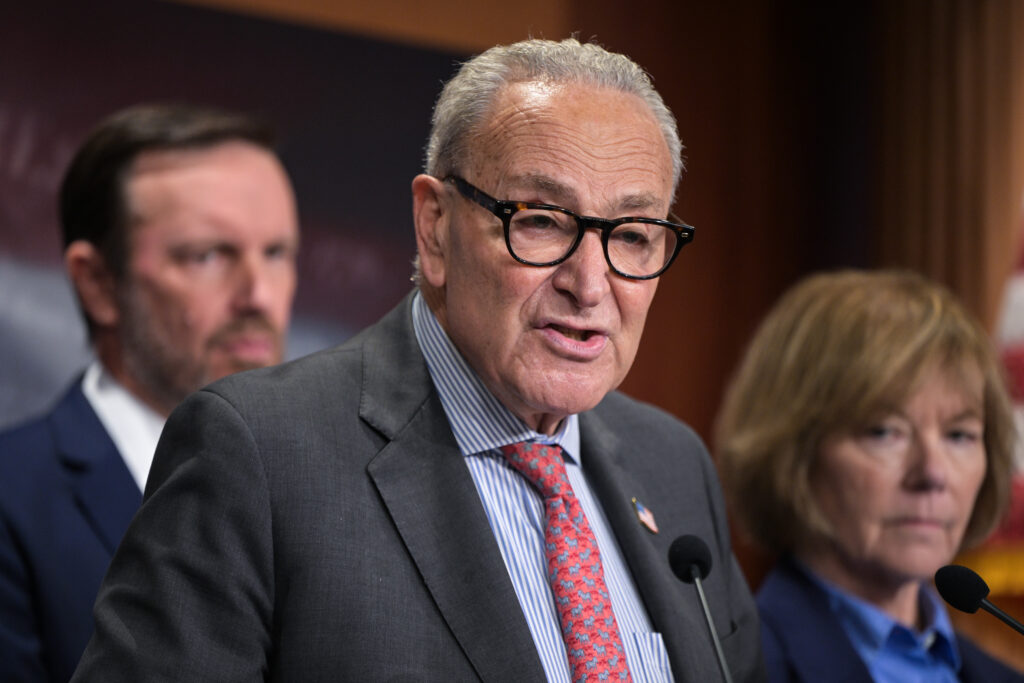Young plaintiffs stand tall after taking on Trump climate agenda in court
Young Americans challenging President Donald Trump’s fossil fuel agenda say they were proud to have their day in court — even if it meant fielding tough, sometimes perplexing questions from government lawyers.”I don’t think the gravity of that situation has permeated through my brain yet,” 19-year-old Joseph Lee told AFP at the close of a two-day hearing in Lighthiser v. Trump.”I’m going to wake up and realize, ‘Wow, I really did that.’ I testified in court against my own federal government, and it’s just such a meaningful thing to be part of this process.”The case challenges three executive orders that the plaintiffs say trample their inalienable rights to life and liberty by seeking to “unleash” fossil fuels while sidelining sources of renewable energy. The plaintiffs also seek to reverse the administration’s dismantling of climate science — from suppressing a key national climate report to proposing to shut down a critical carbon dioxide monitoring site in Hawaii. Judge Dana Christensen is now weighing whether to grant a preliminary injunction that could pave the way to trial — or throw the case out, as the government has urged.- ‘It’s not about ACs’ -Despite the gravity of the issues at the center of the case, the plaintiffs said they found themselves questioning the seemingly insignificant details raised in court. Lee, from California, testified that a case of heat stroke left him hospitalized on the brink of organ failure.During cross-examination, Justice Department attorney Erik Van de Stouwe asked whether he had sued the University of California, San Diego over its lack of air conditioning in dorms, implying that — and not climate action — was the remedy.”It’s not about ACs,” Lee later told AFP. “Minimizing it to something as trivial just goes to show” that the government’s case lacks merit, he added.At another point, Van de Stouwe questioned whether Lee could prove Trump’s climate cuts cost him opportunities to gain a research position at university — even though a university-wide letter, entered into evidence, explicitly cited the executive actions for reducing such positions. When pressed on how he could be certain, Lee replied that as a student he lacked the power to investigate the matter beyond all doubt.”But you did have the capacity to investigate the government’s executive orders?” the lawyer shot back. Lee responded he had the ability to read their plain language — a remark that drew murmurs of approval from the packed and supportive federal courtroom in Missoula, Montana.- ‘Really empowering’ -In another strange exchange, 20-year-old Avery McRae of Oregon was asked whether the anxiety she linked to climate change might stem from having spent half her life suing the federal government.And when 17-year-old Jorja McCormick of Livingston, Montana took the stand, she recalled the day a firefighter knocked on her family’s door and ordered them to evacuate as flames closed in, a moment, she said, that left her traumatized. Under cross examination, government attorney Miranda Jensen asked: “You just testified you have three horses, right? You’re aware that raising horses contributes to global warming?”Speaking after the hearings wrapped up, McCormick said she had mulled over the exchange. “There’s coal trains going through my downtown every day,” spewing toxic dust, she told AFP. “So I think my horses being out on open property minding their own business compared to coal trains hurting the entire community is quite different.”Despite the grilling, McCormick described testifying as cathartic. “Being on the stand was really empowering — telling my story, getting it out into the world like that was almost healing.”Whatever the outcome of Lighthiser v. Trump, she said she plans to continue her activism.”A better future is possible,” added Lee. “If a decision isn’t favorable, we’ll keep fighting.”

